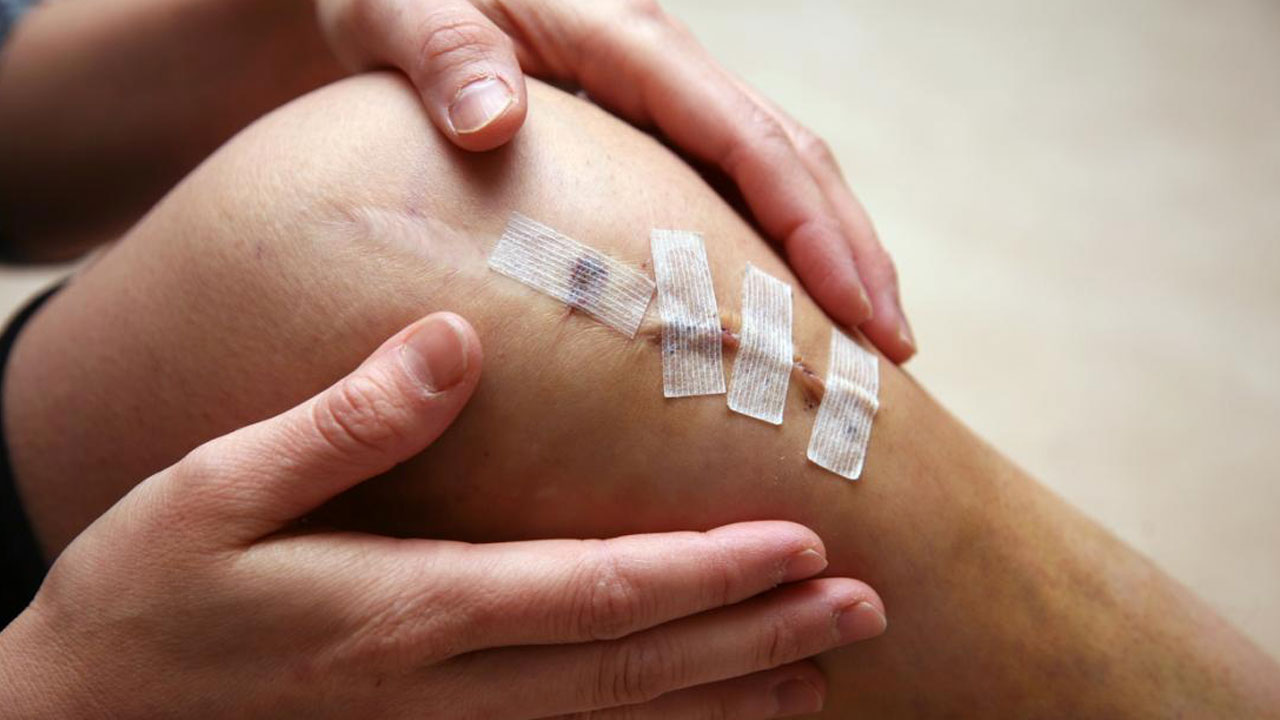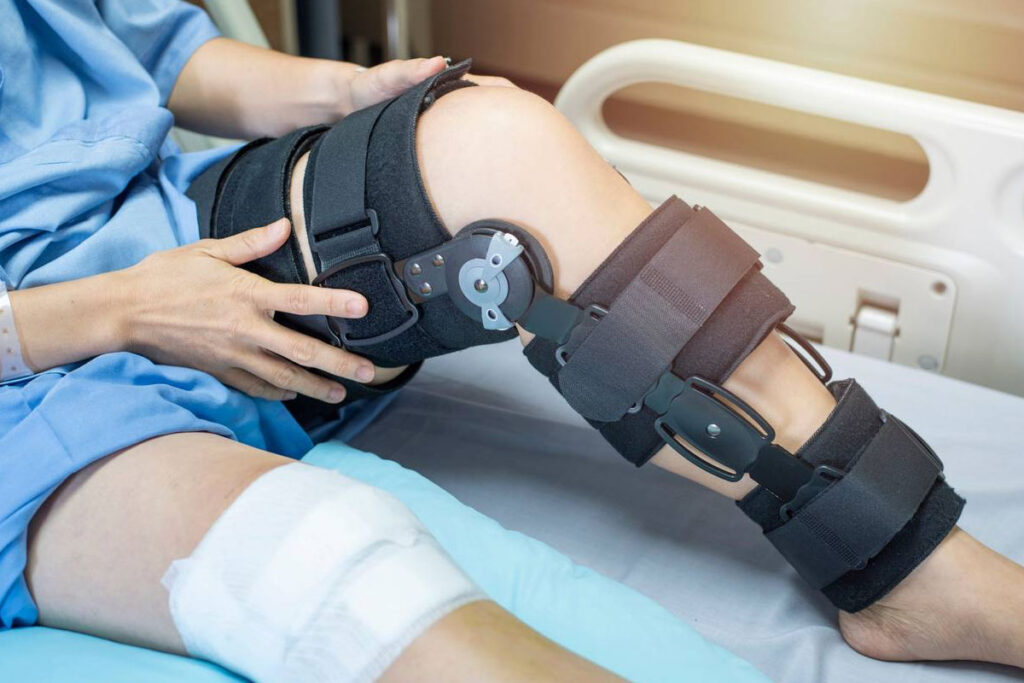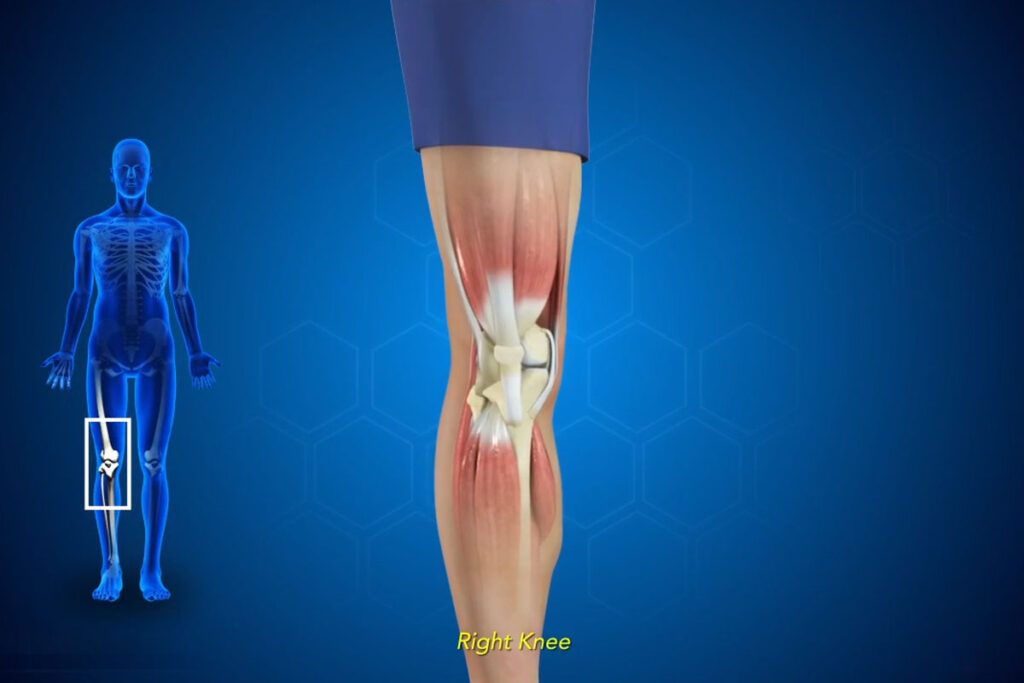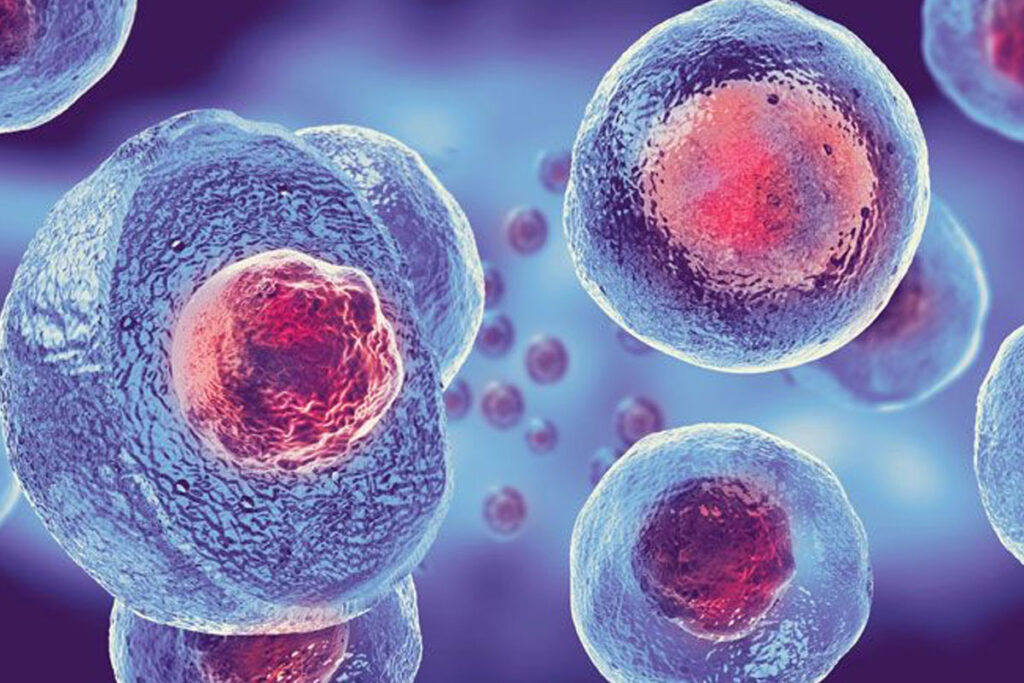
Have you recently had a knee injury during a sports activity? Does your grandmother have severe knee pain due to osteoarthritis? And you have heard about stem cell therapy as an alternative approach to treating knee injury and pain. Yes, you have heard right. Stem cell therapy, because of the regenerative and reparative properties of stem cells, is the best option for patients with knee problems.
The knee joint is a unique hinge joint in the body as it takes a lot of stress due to daily activities. It is a complex joint with many bones, ligaments, and cartilage that are involved in the proper functioning of the joint. It is vulnerable to harm because of its location, anatomy, and function. Knee injuries account for 38% of all sports-related injuries. Other than sports, old age and daily activities also cause knee injuries.
Anatomy of knee
The knee joint consists of the following structures
1. Bones
Four important bones form a knee joint. These are
- Femur,
- Tibia,
- Fibula
- Patella
2. Cartilages cover the exposed bony surfaces and help the bones to glide over one another during movement. They also help to reduce friction between the joints.
3. Menisci are special cartilaginous structures between joints that also support the knee joint. They help in weight distribution and also act as shock absorbers
4. Ligaments
Four important ligaments that keep the joint in place are
- Anterior cruciate ligament
- Posterior cruciate ligament
- Medial collateral ligament
- Lateral collateral ligament
These ligaments limit the excessive movement of the joint and hence prevent injuries.
5. Muscles are attached to the joint. They help in the movement of the bones as well as keep the joint in place.
Injury to any of these structures can damage the knee joint. Moreover, the weight distribution becomes compromised after an injury to one knee. This puts the other knee under more stress and increases the chances of injury in the opposite knee joint. That is why prompt treatment of these injuries is essential.
Types of knee injuries
Some of the common knee injuries include
1. Fractures
Collusion or fall is the most common cause of fracture. In most of these cases, the patella takes a direct hit. Fracture of the femoral condyles and tibial head can also immobilize the joint and needs to be taken care of in an emergency immediately.

2. Dislocation
A large impact in one direction can displace a bone from its original location, causing this type of injury. Manipulations can manage some dislocations. However, they can also be serious and require urgent medical attention.

3. Ligament injuries
Overextension of a joint or movement in an undesired direction puts a lot of stress on the ligaments. This can cause stretching or tearing of the ligaments. This is one of the most typical knee injuries seen in sports.

4. Meniscal tears
Meniscal tears are generally due to twisting or jumping activities. The sudden change of direction also can lead to this kind of injury. Menisci also tear with aging.

Symptoms of the knee injury
Patients with a knee injury can present with the following symptoms
- Pain
- Immobility
- Swelling
- Warmth and Redness
- Inability to bear weight
- Clicking or popping sound
A detailed examination and history of patients help identify the injury’s type, cause, the extent and can help devise a treatment plan.
Treatment for a knee injury
Treatment depends upon the type and extent of the injury.
- Sprains etc. can be managed conservatively. Ice packs, warm bottles, leg elevation, compression, and rest help relieve the symptoms.
- Medications like painkillers also provide relief.
- For dislocation, the manual reduction can be helpful.
- Fractures and some other injuries usually require surgery. Surgical options include both open and arthroscopic procedures.
Due to comorbid and many other reasons, surgery is not always an option. Stem cell therapy is a proven option for these situations. It also helps patients who have already undergone surgery.
Why stem cell therapy?
In 2010, after two surgeries that resulted in complications, Jarvis Green, the famous NFL player, went for a successful stem cell therapy and even considered playing again for his team after the treatment. Kobe Bryant and Tiger Woods also sought stem cell therapy. Many other successful players have undergone stem cell therapy and achieved excellent results. The success of this therapy in these professionals emphasizes the effectiveness of this treatment strategy. Stem cell therapy is a novel non-surgical procedure for a knee injury. Recovery time is considerably shortened after this therapy, and post-procedure results are phenomenal.

Procedure:
Stem cell therapy begins with identifying the patients who will benefit the most from the treatment. Once a decision to proceed with this treatment is made, stem cell harvesting is done. It begins with the collection of cells from the patient’s bone marrow or adipose tissue. Once a site is selected, blood or adipose tissue from the source is extracted and centrifuged. It helps to concentrate and purify the stem cells. After that, this purified concentrate is injected into the knee. The release of stem cells in the knee triggers the natural repair mechanisms of the body and helps reverse the damage or injury.
This procedure can be used to help in the treatment of ligament injuries, meniscal tears, and other cartilage injuries.
Pros:
- The process doesn’t take very long, and the patient can go about daily activities after a day’s rest.
- This procedure especially benefits those who can’t undergo surgery or where surgery is very high risk.
- Stem cell therapy also carries fewer chances of infection or thrombosis than surgical procedures.
- Stem cell therapy promotes cartilage growth and reduces inflammation and pain.
- It also slows the natural wear and tear of the joint. This helps to increase joint mobility and hence the quality of life.
Cons:
- Local site reactions can occur at the site of injection.
- Failure of the growth of stem cells can happen.
Conclusion:
Knee injuries are a common presentation, and the number is ever-increasing. Stem cell therapy provides an alternative treatment option for patients who cannot undergo surgery, or other treatment methods have failed to produce the desired results. With appropriate selection and application, magical effects can be obtained that can provide significant relief to patients with knee injuries and improve their quality of life.


